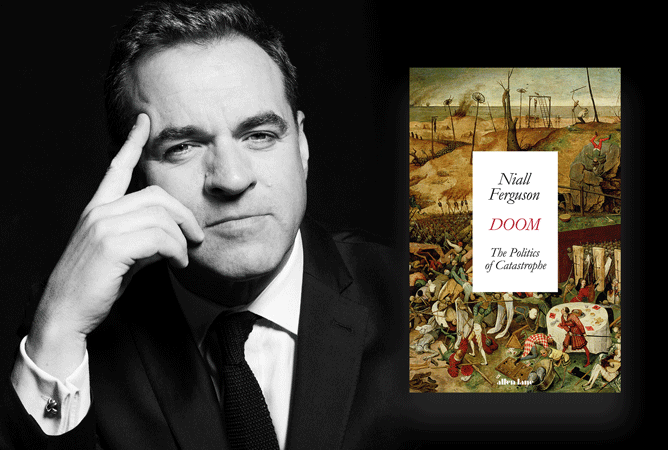

Doom tries to take that idea and generalize it to all disasters. The idea of writing a general history of disaster and emphasizing its political character was inspired by my reading of the economist Amartya Sen, who made the point long ago that famines are not natural disasters they are manmade. Indeed, if we had any framework, it was a bad one that drew a false distinction between manmade and natural disasters. It struck me even before COVID-19 that we didn’t have a good framework for thinking about disaster. With that said, disasters are the great punctuation marks in history. I have never wanted to be writing about just one of those topics. My interest in history is always that interface between the economic and the geopolitical. Is this subject matter new territory for you? Ferguson also compares the public health responses and implications of the COVID-19 pandemic of 2020–21 with those of the recent past resulting from the H1N1 virus (“Spanish Flu”) of 1918–19 and the H2N2 strain (“Asian Flu”) of 1957–58.ĭoom is a book focused primarily on disasters and how societies respond to them.

In this respect, he zooms in on the COVID-19 pandemic and explains why some governments, such as those in Taiwan, South Korea, and Israel, effectively mitigated “excess mortality” caused by the initial wave of the virus while others failed. He addresses central themes of the book, including why all major disasters of history are at least somewhat political in nature. In this interview, Milbank Senior Fellow Niall Ferguson discusses his newly released best seller, Doom: The Politics of Catastrophe (Penguin Press, 2021).


 0 kommentar(er)
0 kommentar(er)
